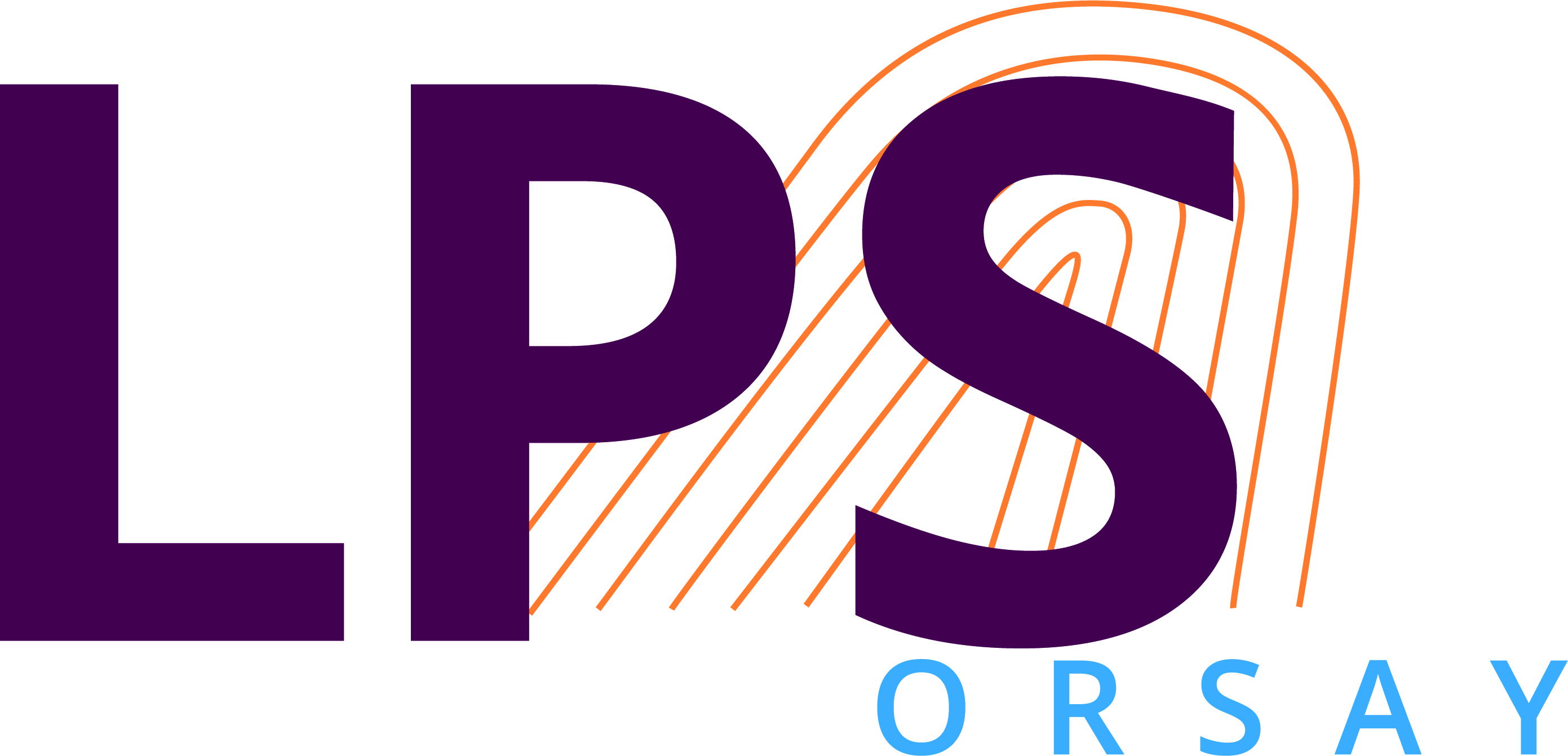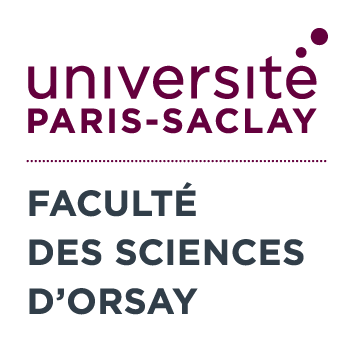Reducibility of Cobalt Species in Silica-Supported Fischer–Tropsch Catalysts
Résumé
Reducibility of Cospecies in silica supported Fischer–Tropsch catalysts was studied using in situ XRD,in situ EXAFS,andFTIR spectroscopy with carbon monoxide as a molecularprobe. Crys- talline Co phases in the oxidised catalysts were characterised using XRD. In the oxidised samples with a large concentration of amor- phousphase, EXAFS showed the presence of small oxide clusters including several Co atoms.It was found (insituXRD,EXAFS)that calcination of oxidised Co catalysts under inert atmosphereresulted in a selective transformation of Co3O4 to CoO at 623–673K. FTIR spectroscopy with CO as a molecular probe revealed the presence of different sites associated with Co after the reduction of the catalysts withhydrogenat723K:Cometalsites(νCO =2025cm− 1 ), Co2+ions in the crystalline phase of CoO (νCO =2143cm−1) , and Co n+ species intheamorphous phase(νCO=2181cm− 1 ). The results (XRD, EXAFS, FTIR)showed that the hydrogen reduction properties of particles of cobalt oxide on silica depended on the size of the Co3O4 crystallites. The ease of reduction to metal species decreased from larger(200–700 ̊A)tosmaller(60 ̊A)particles. c



